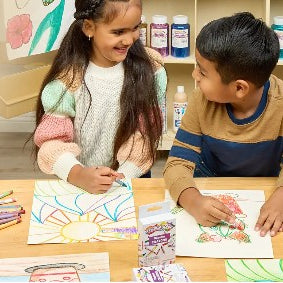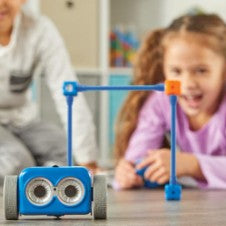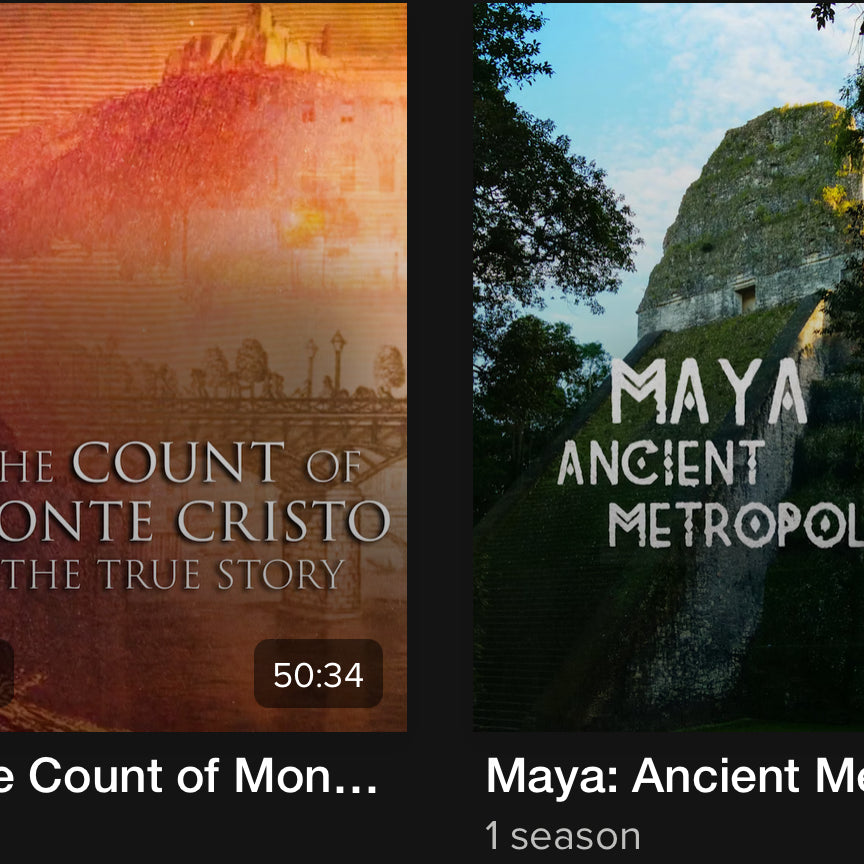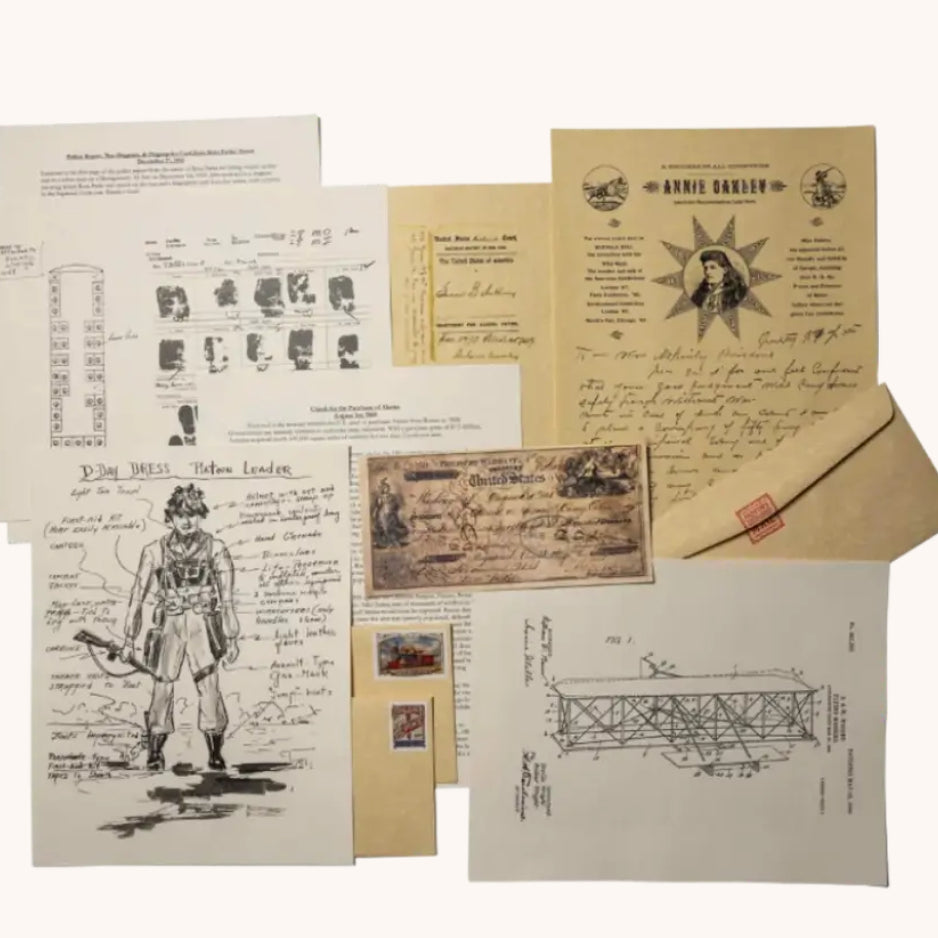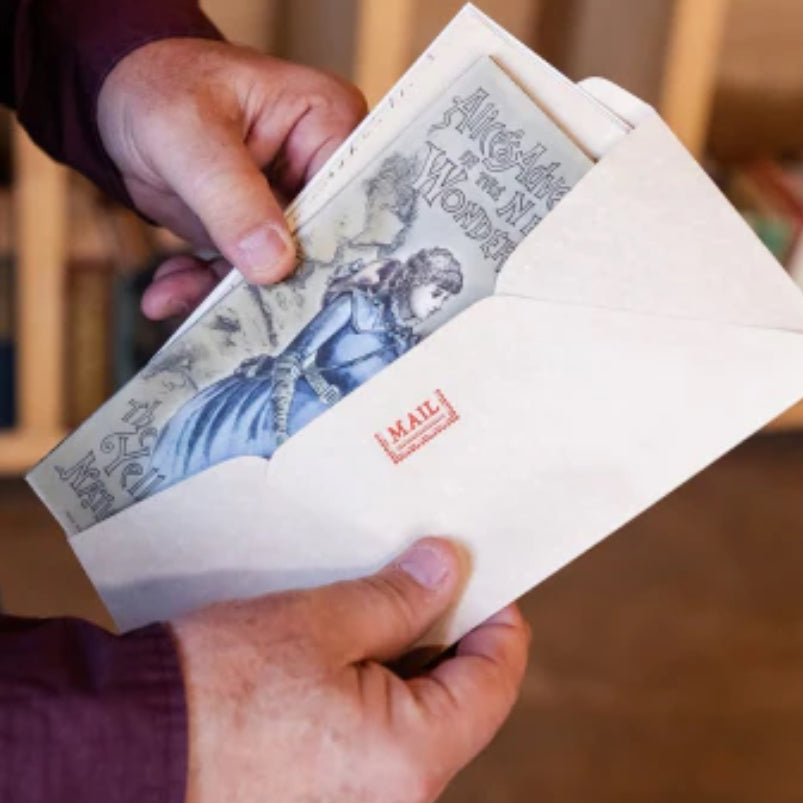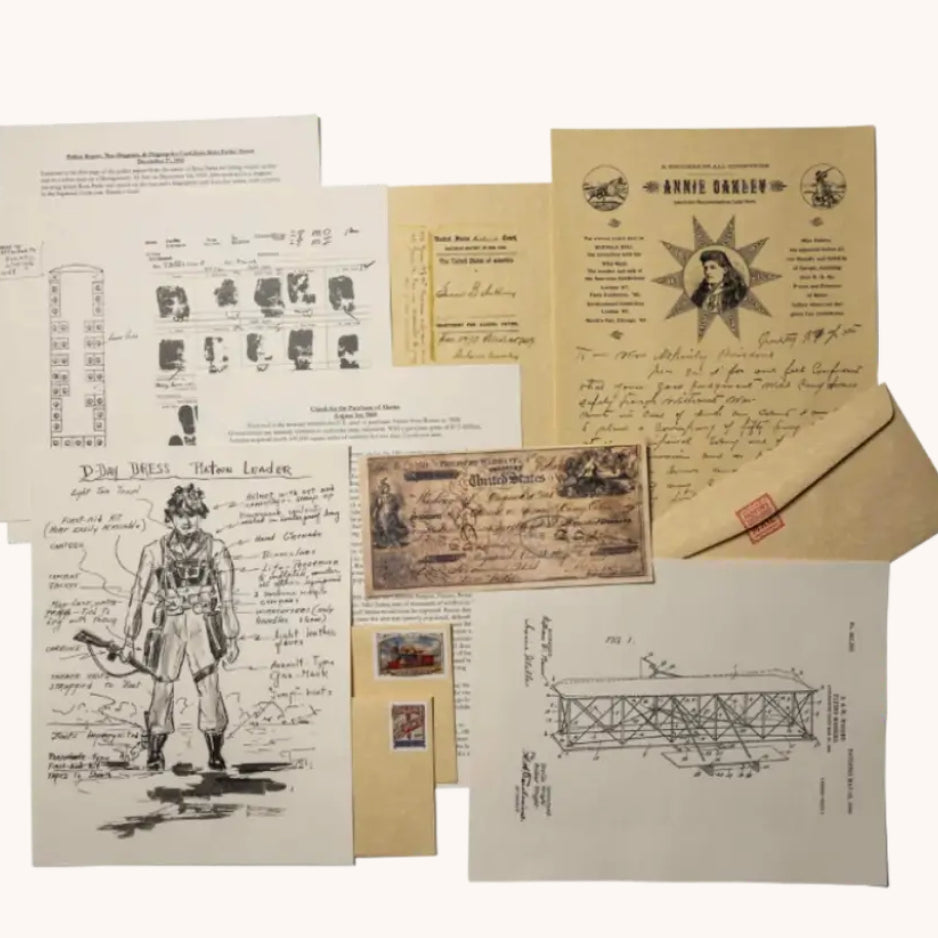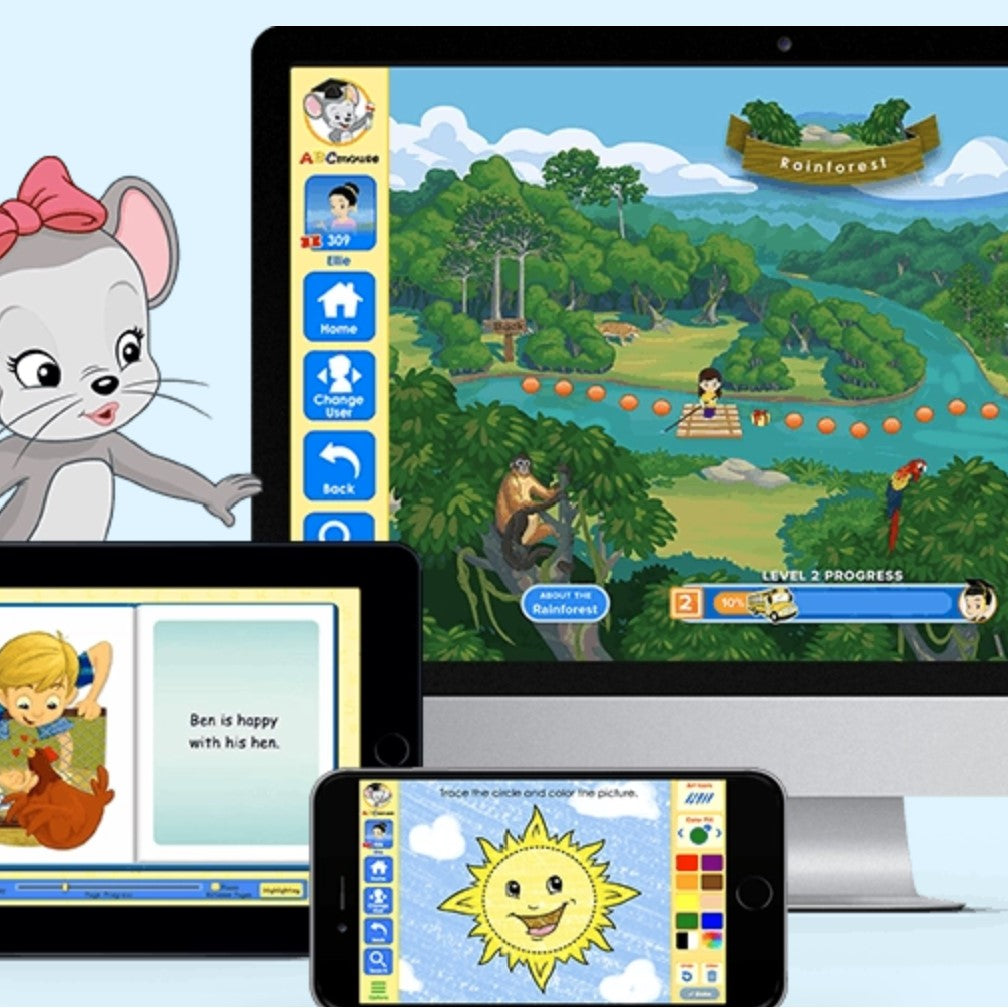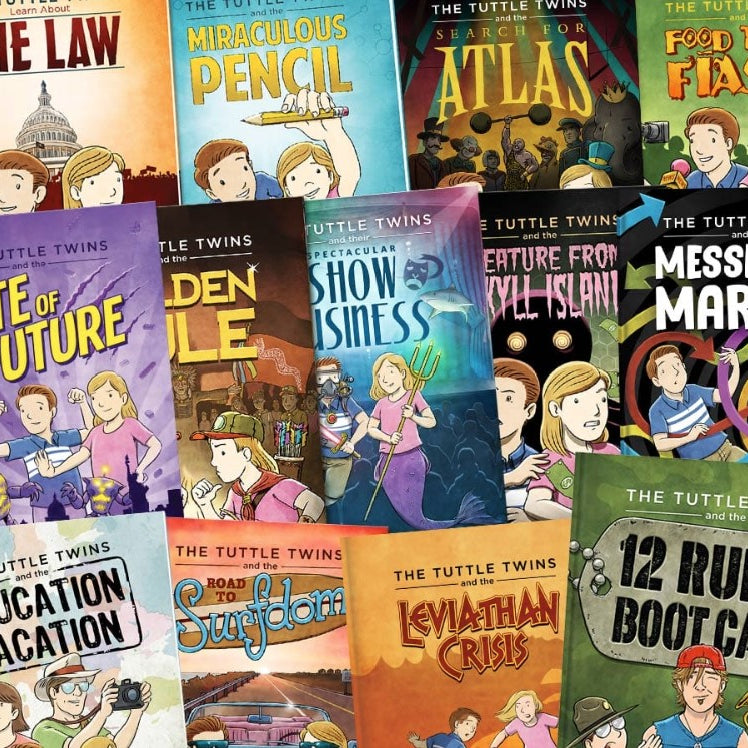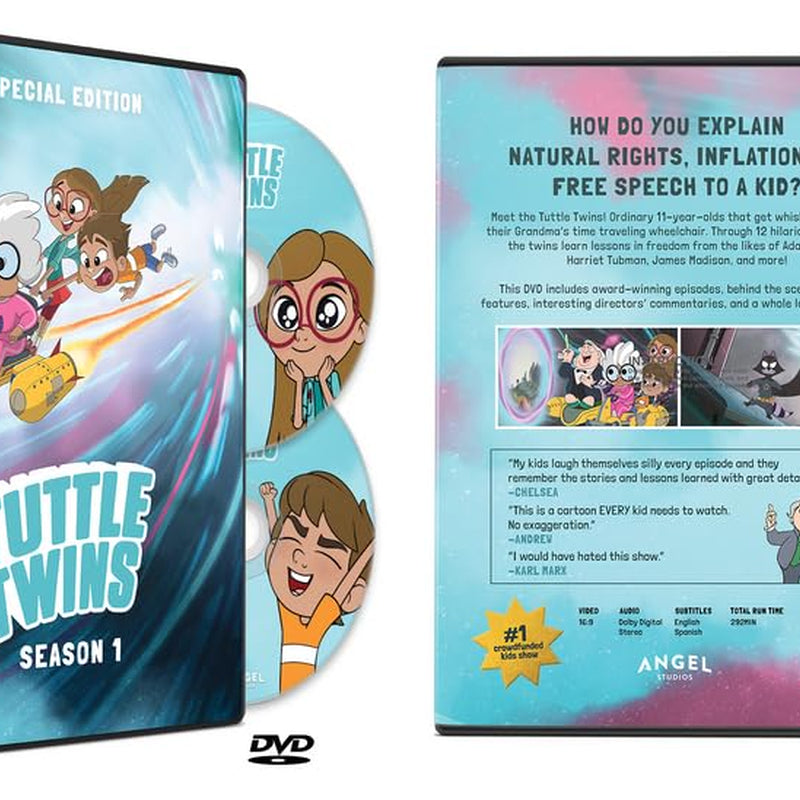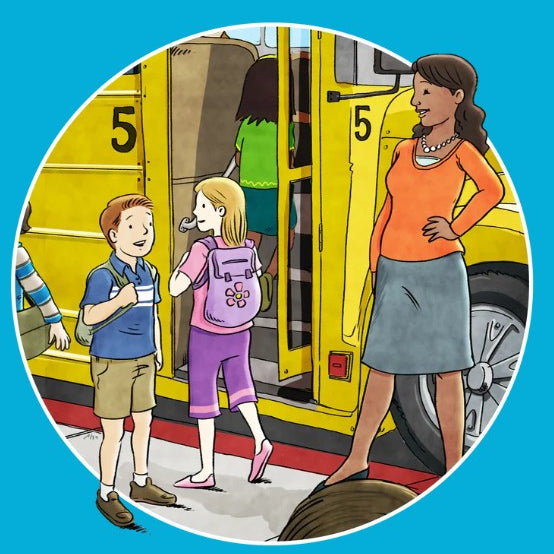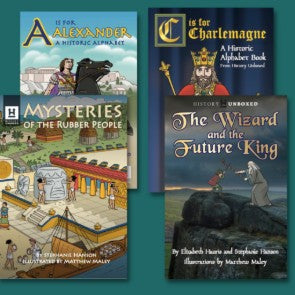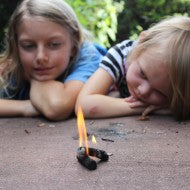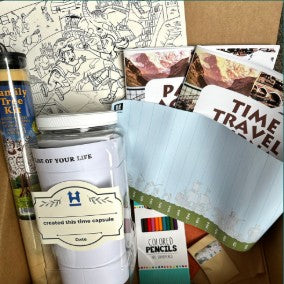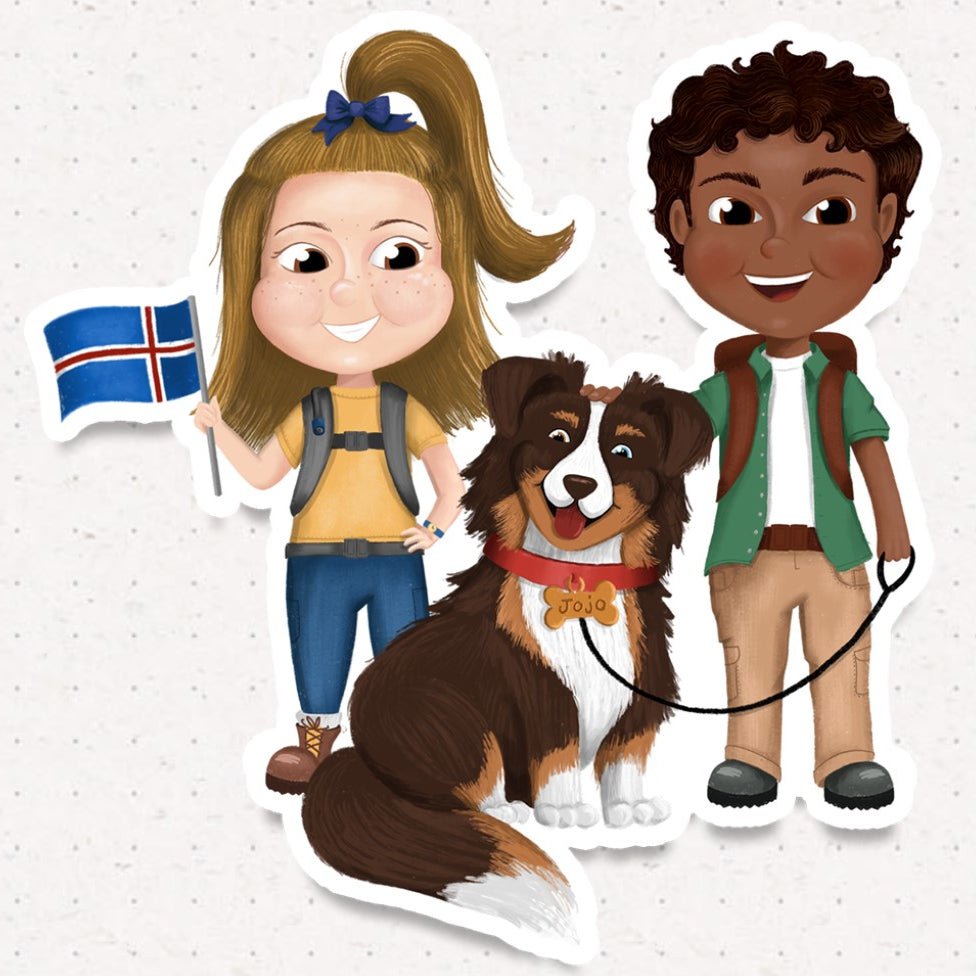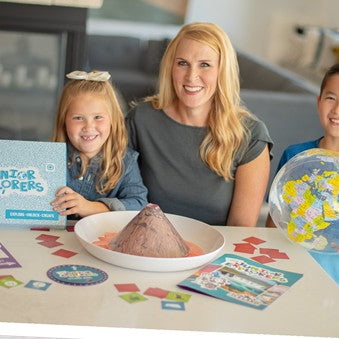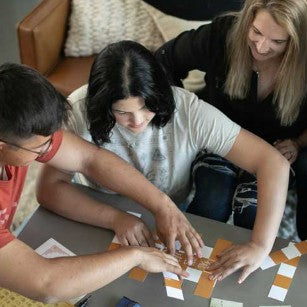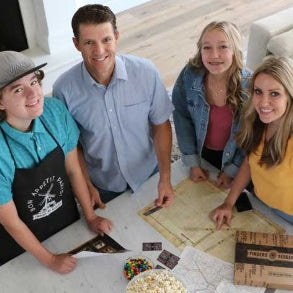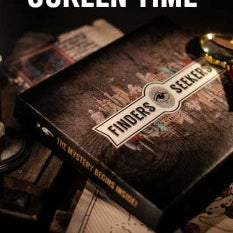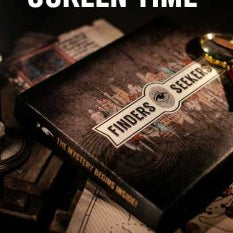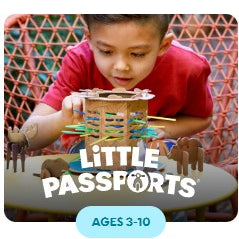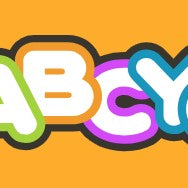Geocaching is a free and exciting family adventure that turns your surroundings into a treasure hunt. Simply download the free app, search for green dots on the map, and start exploring! Each green dot represents a geocache—a hidden treasure box marked with GPS coordinates. The app provides clues to guide your search, and if you need extra help, you can check the log for recent finds. Best of all, you can log your discoveries and share the fun with others, making it an adventure everyone can enjoy.
These links may support our future content (thanks for your click!).

Geocaches come in various sizes, ranging from extra small to large. We prefer the small to large ones because they usually contain more toys inside. Once you find the cache, you sign the log book or tiny piece of paper, and then you can exchange one small toy for another. Make sure to hide the cache back where you found it before moving on to the next adventure.
We recently spent a day geocaching at Cedar Hill State Park, and it was a blast. We found caches near every bathroom, picnic area, and even in the woods. While they varied in size, there weren't many toys inside each one, which left the girls a bit disappointed. To remedy this, we left some paper airplanes for other kids to enjoy.

Geocaching isn't just about finding hidden treasures; it's also a great way to learn. It teaches map reading, how to use a compass, and how to determine distance and directions by comparing a map to the real world. Additionally, it fosters problem-solving skills through various challenges, whether they're math equations or physical puzzles. Regardless of the type of problem, participants are motivated to solve them to reach the next, and ultimately the final, geocache location.
So, why not embark on a geocaching adventure with your family? It's a fun and educational activity that promises excitement and discovery at every turn.



